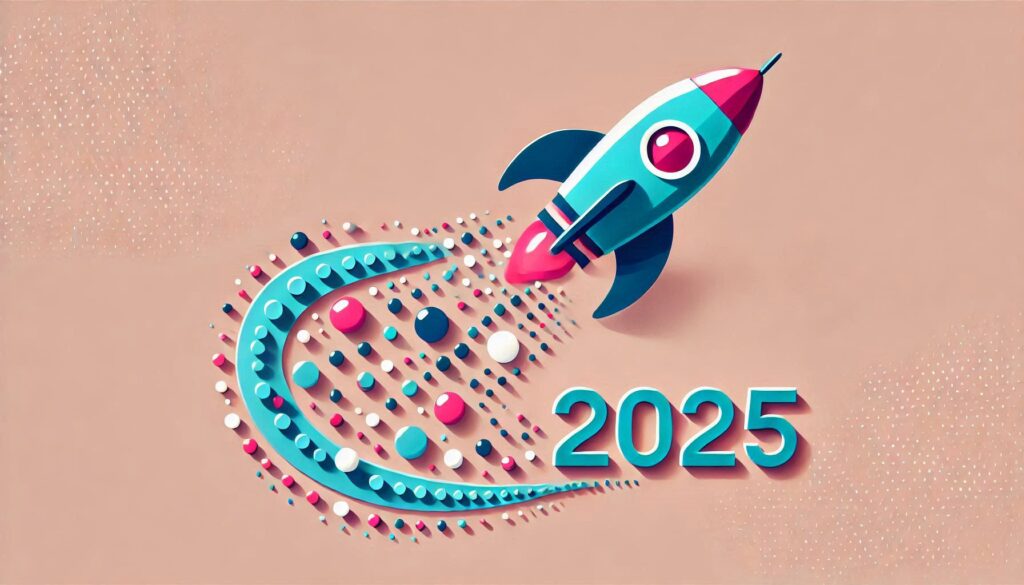|
Getting your Trinity Audio player ready... |
As 2024 wraps up, I can’t help but look back at how much this year has taught me. Accessibility has always been close to my heart, but jumping into the CPACC curriculum opened my eyes to how layered, sometimes overwhelming, and impactful this field truly is.
When I first set out on this journey, I wanted to deepen my knowledge and sharpen my skills, but instead, it made me rethink everything. Suddenly, every design I encounter: a website, a smartphone app, or even a store layout, gets filtered through one question:
How would a person with a disability experience this?
And let me tell you, the answers have been humbling. From uneven sidewalks and tiny print on menus to frustrating “accessible” websites that don’t even get the basics right, I’ve realized how casually the world throws up barriers without even thinking about it.
Here’s the ironic part: while creating inclusive physical environments can be tough (hello, bureaucracy), the digital world has no excuses. We have the tools to make things accessible.
In fact, digital spaces give us a unique opportunity to bypass many of the inherent accessibility challenges of the physical world.
The catch? The website actually has to be accessible, or it’s just another dead end for users with disabilities.
Studying for the CPACC has been a crash course in unlearning bad habits and confronting the reality that accessibility isn’t just about compliance or meeting standards It’s about people. It’s about breaking down barriers and building digital spaces that are genuinely welcoming for everyone.
This year has challenged me to grow into a more thoughtful advocate for accessibility. I’ve confronted some harsh truths about how much work there’s left to do, but I’ve also found so much meaning and reward in this journey. For that, I’m deeply grateful.
Impactful Concepts I Learned
Accessibility Benefits Everyone: One of the most transformative ideas I’ve encountered is that accessibility isn’t just for people with disabilities. When we design with inclusion in mind, we improve usability for everyone.
Cognitive Accessibility: Often overlooked, cognitive accessibility focuses on reducing barriers for people with neurodiverse conditions or cognitive disabilities. This includes everything from clear instructions to reducing cognitive load—and it’s a game-changer for creating truly user-friendly experiences.
The “Why” Behind Standards: Instead of viewing accessibility standards like WCAG as a checklist, I’ve learned to see them as a foundation for empathy-driven design. Each guideline exists for a reason, rooted in real-world challenges faced by users.
Compliance vs. True Accessibility: Compliance is just the starting point. True accessibility comes when we actively involve users with disabilities in the design and testing process. It’s about going beyond minimum requirements to create genuine inclusion.

What to Expect in 2025
Here’s what I’m cooking up for next year…
1. Debunking Accessibility Myths
There are so many misconceptions about accessibility, like: “It’s too expensive” or “It’s only for a small percentage of users.” I’ll be tackling these myths head-on with data, examples, and actionable advice to prove that accessibility is both achievable and essential.
2. Diving Deeper Into the European Accessibility Act
The EAA is set to reshape how businesses approach accessibility, especially those selling to EU customers. I’ll explore what this means for North American businesses and share practical steps to prepare, including offering free auditing resources to help companies get started.
3. New Series: “Skip to Main Content”
This weekly series will cut through the noise and deliver no-nonsense accessibility insights. Think unfiltered takes, practical advice, and the occasional laugh because accessibility doesn’t have to be boring.
As I look ahead to 2025, I’m fired up to continue this journey, share what I learn, and connect with all of you who care about making the digital world more inclusive. Let’s keep questioning assumptions, pushing boundaries, and creating change together.
Here’s to a more inclusive 2025! Cheers, and see you next year! 🎉
